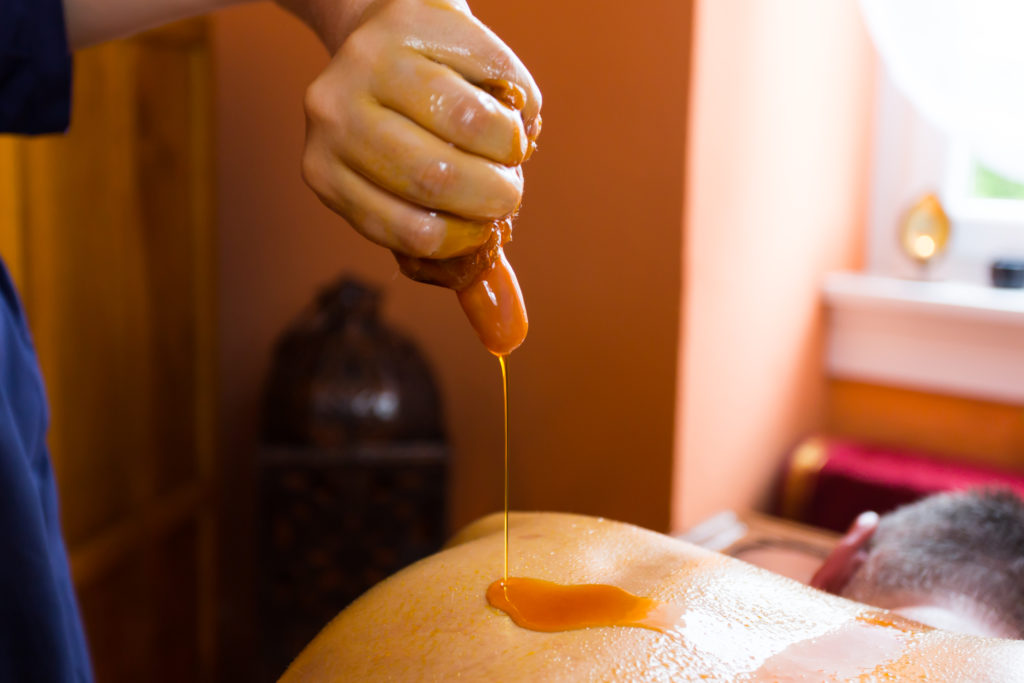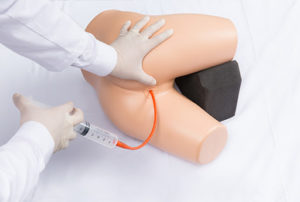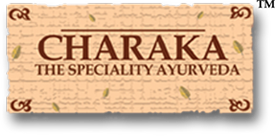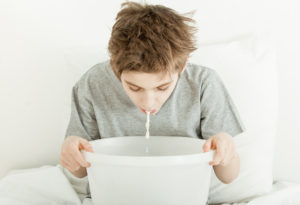
Traditional medicine has a holistic approach i.e., viewing man in his totality within a wide ecological spectrum and of emphasizing the viewpoint thatill-health or disease is brought about not only by the causative agent and of pathogenic evolution, but also by an imbalance or disequilibrium of man in his total ecological system.
Ayurveda, the basic science of life is the knowledge that describes or indicates the four stages of life, the appropriate and inappropriate, happy and sorrowful conditions along with what is good and bad for longevity as well as measurement of life itself. Ayurveda is completely based on the ‘Theory of Pancha mahabuta’ and aim for equilibrium between the influences of the five elements on the five senses of body.
Panchakarma is a special offshoot of Ayurveda that deals with healing. In this system of medicine, to maintain positive health and to be free from any disease, the special line of treatment adopted right from good olden days, dates back to 5000 B.C., is Panchakarma therapy. It is designed to achieve the greater efficiency in treating a disease as well as of medicines and diet.
Panchakarmas are the therapeutic means of eliminating toxins from the body. It is a series of five therapies or steps that help in removing deep rooted impurities from the physiology while balancing the doshas- those humors or forces that govern all the biological function. These five basic cleansing procedures are named as “Shodhana chikitsa”. They go as:
Vamana Karma, primarily a Samshodhana Karma (Detoxification procedure) is one of the five Pradhana Karmas (chief procedures) of Panchakarma.
Vamana Karma means induction of emesis. It is a procedure in which Doshas (waste products or toxins) are expelled out of the body through oral route. Emesis therapy, cleanses Kapha collected in the body and decongests the respiratory tract.
Literally, Vamana Karma means to persuade therapeutic vomiting or expelling out the contents of the stomach including vitiated Doshas through oral route, which is indicated for the purification of Urdhwa Bhaga (upper part) of the body.
In Vamana, specially the Kapha and Pitta Dosha brought to Amashaya (stomach and duodenum) from all over the body by the specific pre-operative (poorvakarma) procedures and then eliminated out by inducing the emesis. It is the detoxifying procedure that should be performed only after doing snehan (both internally and externally) and swedan.
Vamana therapy is effective in Kapha predominant diseases like rheumatism, IBD, bronchial asthma, allergic bronchitis, rhinitis, sinusitis, migraine, fever, indigestion, anorexia, obesity, dyslipidemia, diabetes mellitus, acne vulgaris, severe skin diseases (psoriasis, eczema, Lichen Plannus, vitiligo etc.), urticaria, edema, filariasis, various psychological disorders, epilepsy, PCOD, infertility, thyroid disorders etc... read more

Virechana should be performed only after doing snehan (both internally and externally) and swedan and preferably after Vamana therapy.
Virechana is less stressful procedure than Vamana Karma. It has less possibility of complications and could be done easily. So it is widely used as Shodhana therapy in routine. It is more acceptable to all classes of patients. In an addition to the acceptability and popularity, the Virechana is considered as the best treatment for morbid and increased Pitta Dosha.
Virechana karma is effective in treating digestive disorders, hyperacidity, constipation, jaundice, hepatomegaly, chronic liver diseases, splenomegaly, fistula in ano, haemorrhoids, severe skin diseases (psoriasis, eczema, Lichen Planus, vitiligo, erysipelas etc.), headache, chronic fever, diabetes, asthma, paraplegia, hemiplegia, tumours, cysts, gout, edema, elephantiasis, intestinal worms, psychological disorders, epilepsy, gynaecological disorders, infertility, thyroid disorders etc... read more

Some times medicines are also administered by other routes, like Urethra or vagina, then this procedure is termed as Uttara vasti.
Vasti is primarily administered to treat vata dosha but can be tridoshahara in nature and can produce both samsodhana or shamana effects. It is also highly beneficial in rejuvenating treatment, especially in convalescence.
Vasti karma is considered as the most important procedure in five fold Panchakarma therapy. The word Vasti, stands for a special instrument used for enemata therapy.
It is effective in majority of vata conditions like Parkinson's disease, MND/ALS, multiple sclerosis, paralysis, fibromyalgia, back pain, neck pain, slip disc, sciatica, atrophy, arthritis, rheumatic diseases, neurological diseases, gout, diseases of GIT, splenomegaly, intestinal worms, fistula in ano, fever, psychiatric problems, gynaec problems, infertility etc.
‘Uttara Vasti’ is an exclusive type of basti upa-krama, can be defined as a therapeutic administration of a specific medicinal oil, ghrita or decoction through urethral route in males and urethral or genital route in females. Uttara vasti has been highly successful treatment for the management of most of the uro-genital, fertility and gynecological disorders... read more
Nasya therapy is a process whereby the required medication is administered through the nostrils. Since the nose is the gateway of the head, this form of therapy is highly effective in treating a number of diseases related to the head & neck area, if systematically performed.
Nasya, primarily cleanses accumulated Kapha dosha but can be tridoshahara depending medicine administered.
Patient who regularly undergoes Nasyakarma does not become victim of diseases of eyes, ears and nose. His hair and beard does not turn gray. His hair doesn‟t falls but instead grows faster. The joints, sinus, tendons and bones of his cranium acquire great strength. His face becomes cheerful and plump and his voice becomes mallow, firm and stentorian. He gets clarity of senses, good smell of mouth etc. He never suffers from the premature appearance of wrinkles and Vyanga. There will be no sudden invasion of disease above the clavicle (Urdhvajatrugata) of the body.
Effective in treating urdhwajatrugata rogas (ENT & Eye disorders), sinusitis, trigeminal neuralgia, facial palsy, paralysis, insomnia, pre-mature graying of hair, hair fall, headache of various origin, frozen shoulder, stiffness of the neck, cervical spondylosis, slip disc, most of the neurological problems related to brain and also improves memory & eye sight... read more
Raktamokshana, or bloodletting, it is an important part of the clinical therapeutic use of Panchakarma in the management of several important disease conditions.
Raktamokshana is an effective blood purification therapy, in which carefully controlled removal of small quantities of impure blood is conducted to neutralise accumulated toxins.
when excess toxicity of rakta and pitta has occurred so much so that it cannot be cured by herbs or any other procedure, raktamokshan comes to rescue.
Raktamokshana is effective in conditions like allergies, tonsillitis, sciatica, gout, acne, migraine, eczema, psoriasis, Lyme disease, filariasis, glaucoma, liver & spleen disorders, osteoarthritis, rheumatoid arthritis, frozen shoulder, rheumatic disease, diabetic wounds, non-healing ulcers, varicose veins, elephantiasis, abscesses, tumours, erysipelas, sexually transmitted diseases, breast diseases, hypertension, thrombosis (blood clot), and alopecia, psychological problems, vishamjwar (fever), epilepsy etc.... read more




